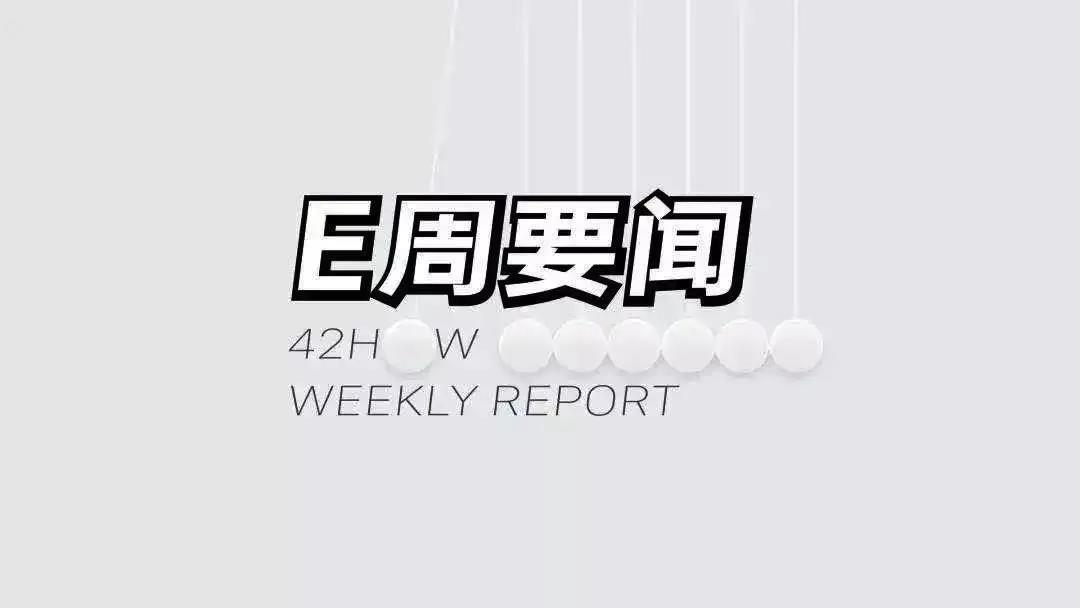Weekly Index Ranking
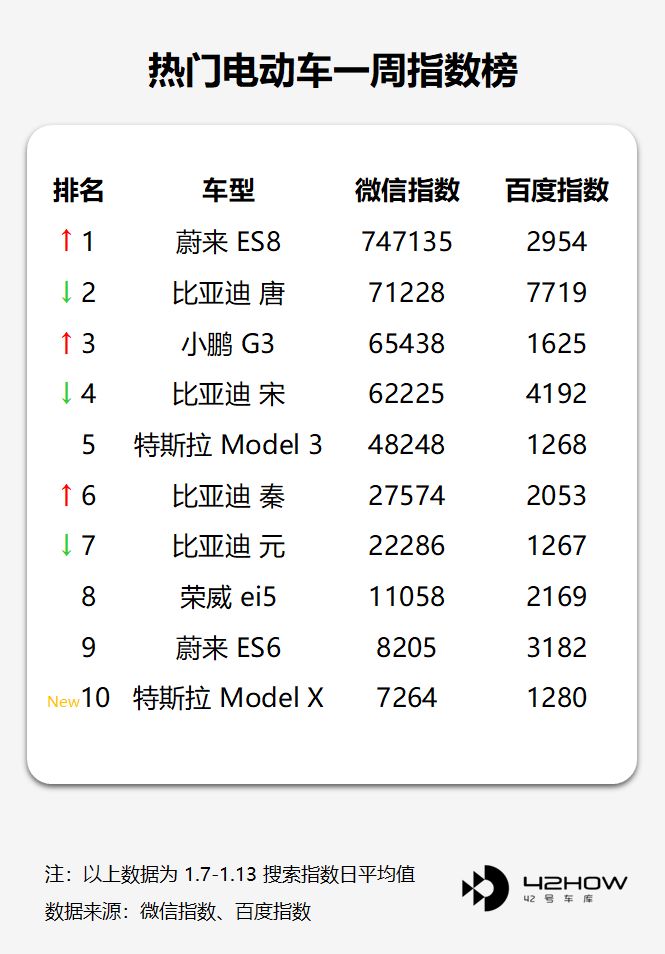
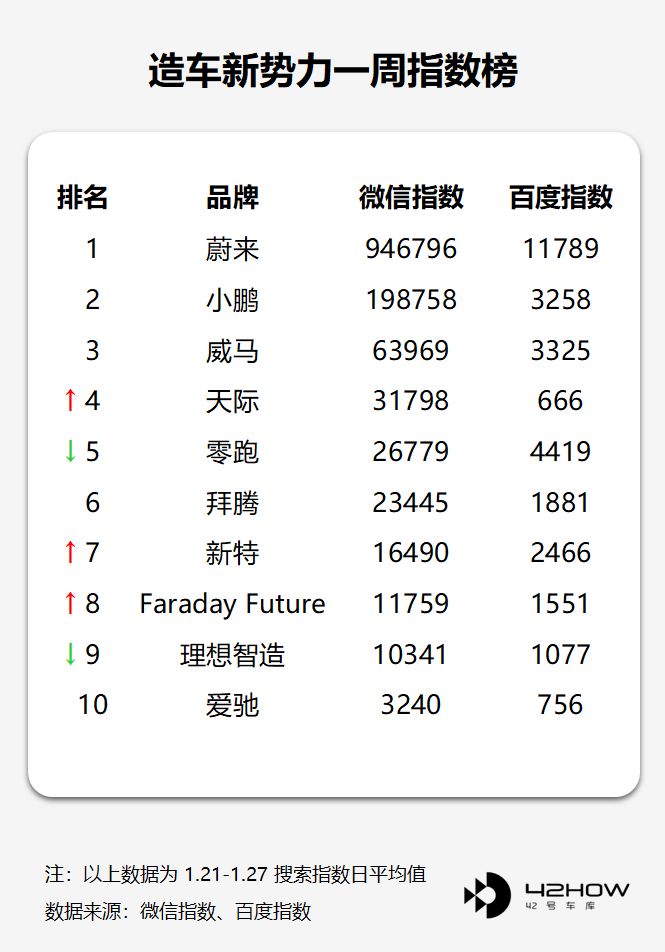
Weekly News
Toyota and Panasonic will establish a joint venture to produce automobile batteries
On January 21, according to Japanese media reports, Toyota Motor and Panasonic Corporation will establish a joint venture in 2020 to produce automotive batteries. Toyota will hold a 51% stake in the joint venture, and Panasonic will hold a 49% stake. Panasonic will inject five factories in Japan and China into the joint venture, but its joint venture with Tesla in North America will not be affected.
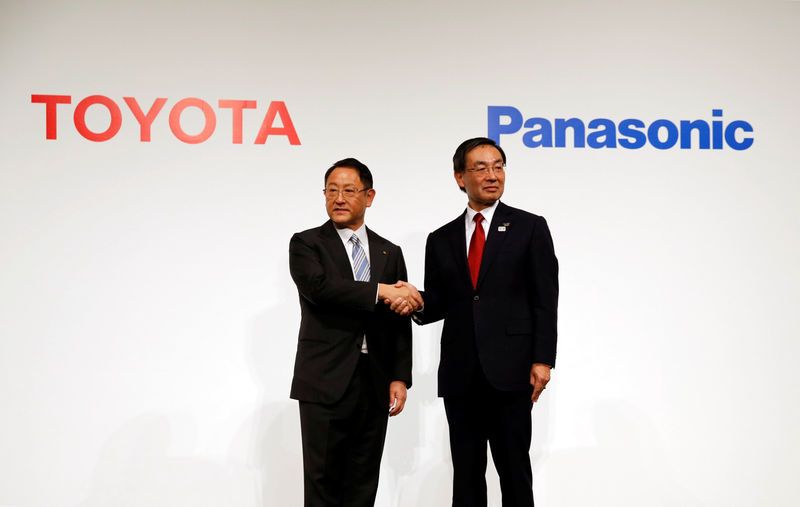
Comment: Toyota’s hybrid models have long relied on Panasonic for battery supply, and Panasonic, as a battery company, also wants to maintain close cooperation with such a large customer as Toyota. Similarly to many domestic automakers’ joint ventures with CATL, some foreign automakers are also bound to battery suppliers. It is a great thing to have a reliable teammate in this era.
Tesla rumored to have signed a battery supply agreement with Tianjin Lishen, and was subsequently denied
On January 22, Reuters reported that Tesla had signed a preliminary agreement with Tianjin Lishen to supply power batteries for Tesla’s Shanghai plant. At the same time, it was reported that Tesla did this to reduce dependence on Panasonic and increase the localization of Tesla’s production supply chain in China. However, Tesla subsequently denied that it had signed an agreement with Lishen and only received a quote from Lishen, and Elon tweeted that the news was false.

Comment: In fact, Lishen does not have the ability to produce NCA 2170 batteries required by Tesla. If there were to be cooperation, it could only play a role in contract production. However, with this news, it is highly unlikely that Lishen and Tesla will cooperate, and Panasonic may also be heartbroken. However, according to Elon’s plan, the battery supplier for Tesla’s Shanghai plant should be diversified, so Tesla should continue to look for reliable partners in the future.
BMW and Daimler merge and name their shared mobility company “Jurbey.”On January 22, according to sources cited by Reuters, the shared mobility company jointly created by BMW and Daimler after their merger will be named “Jurbey”. In March 2018, BMW and Daimler announced the integration of their respective shared mobility companies into a joint venture with each holding a 50% stake. The company is expected to be officially established by the end of this month.
Quick comment: The naming of the shared mobility company created by the joint venture of BMW and Daimler indicates its formal establishment is not far away. In order to compete with ride-hailing giants such as Uber and Didi, the two long-time adversaries chose to reconcile in this field. For traditional car companies, there are many complex tasks to tackle now, and forming alliances in some areas may be a wise choice.
Audi plans to cut 15 billion euros in costs to promote electrification by 2022
On January 24, according to German media reports, the CFO of Audi announced that Audi plans to cut 15 billion euros in costs by 2022, and these funds will be used to accelerate the electrification process of Audi. A spokesman for Audi said that the plan to cut costs has not yet been finalized, but the amount of the reduction is correct.
Quick comment: After taking over as CEO, Diess formulated a series of cost-cutting plans within Volkswagen Group, requiring each subordinate brand to significantly reduce costs. As an important component of Volkswagen Group, Audi naturally will not be left behind. 15 billion euros is not a small number and it will inevitably involve streamlining personnel and departments. According to Audi’s CFO, Audi will reduce about 14,000 jobs in the next five years. It’s a situation where some are happy and some are sad.
Geely’s GE11 detail images leaked to compete with Model 3
After the official rendering was released, Geely also released a batch of exterior detail images. GE11 is a pure electric sedan under the Geely brand, which will be launched in the first quarter of this year. Based on the exposed images, the GE11 will adopt concealed door handles, panoramic glass roofs, a closed front grille and a sloping shape. Subsequently, Geely also made a public relations move to compare GE11 with the Tesla Model 3, indicating Geely’s ambition to become a domestic Model 3 rival.
Weekly News
Geely speeds up in new energy vehicle field with its important product, Geely GE11
Geely is accelerating its progress in the new energy vehicle market, and GE11 will be an important product milestone. Although there are also high-quality pure electric vehicles in independent brands, both in terms of technology and product influence, it is still hard to rival with Model 3. Geely GE11 has targeted Model 3 in many aspects and even made a CP publicity stunt. We are curious whether it could really impress people in its products.
Evergrande invests in power battery company, CENAT New Energy
On January 24th, Evergrande released an announcement that it had invested 1.06 billion and had a shareholding of 58.07% as the largest shareholder in CENAT New Energy, a power battery company specializing in the research and development of lithium-ion batteries. CENAT New Energy has four production bases in China and ranked 10th in domestic power battery installation in 2018.
New cars this week
BAIC New Energy EX5
On the evening of January 27th, BAIC New Energy EX5 was officially launched, with a post-subsidy price of 169,900 yuan to 199,900 yuan. The vehicle is equipped with a 61.8 kWh ternary lithium-ion battery and can run 415 kilometers under standard conditions. The vehicle also has a maximum power of 160 kW and peak torque of 300 N·m permanent magnet synchronous motor, and is equipped with the ADAS driving assistance system.
JAC iEVS4
(No information provided in the original Chinese text)Last week, JAC released the official picture of the iEVS4, which will start preselling on January 28th. Based on the fuel version of the JAC S4, the iEVS4 has a body size of 4410 mm / 1800 mm / 1660 mm and a wheelbase of 2620 mm. The iEVS4 has a range of 355 km and a comprehensive electricity consumption of 17.5 kWh per 100 km, equipped with a permanent magnet synchronous motor with a maximum output power of 110 kW.
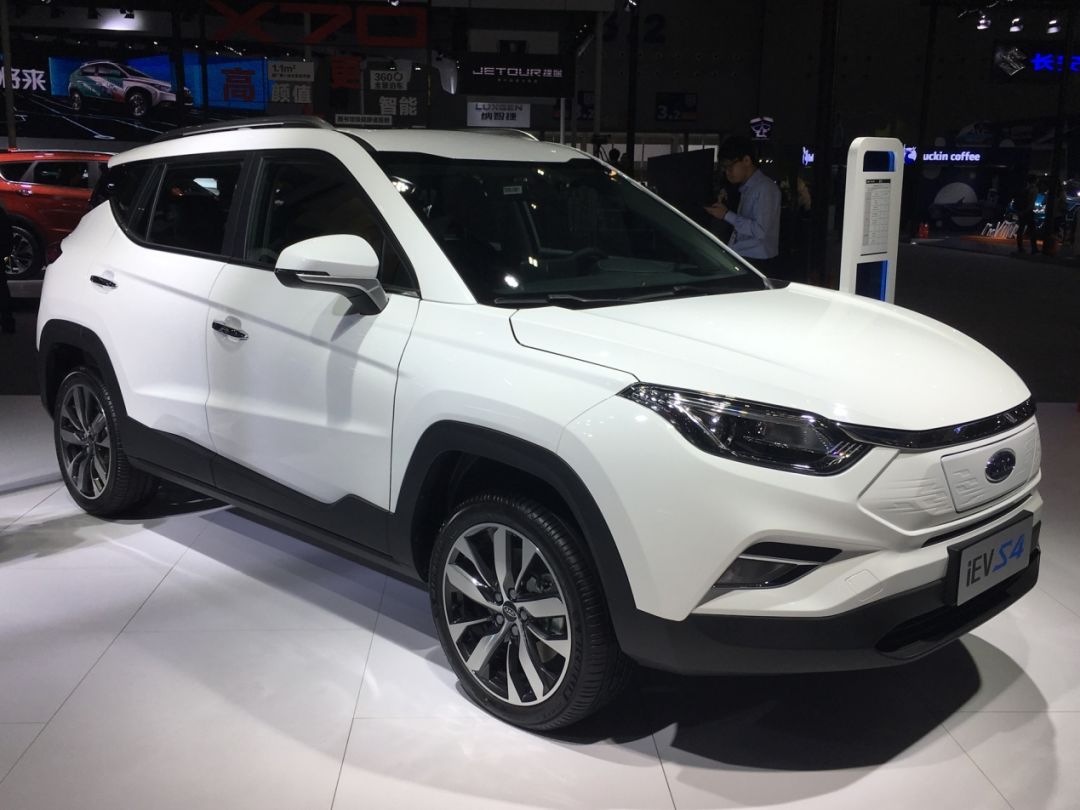
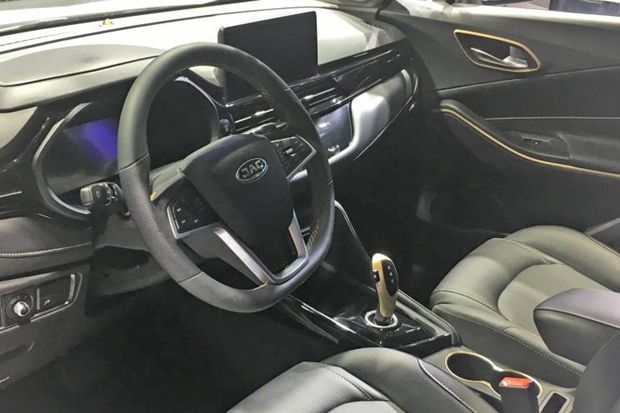
Quick Review: Although based on the fuel version, the modifications of the iEVS4 in appearance are still desirable, and more electric car elements have been added, which makes it more recognizable. However, what is the golden gearshift in the interior actually? Based on body size and range, the JAC iEVS4 might compete directly with the Geely Emgrand GSe in the future.


-
Evergrande acquires NEVS; Tesla unveils cost-cutting plan | E Weekly News
-
NIO delivered more than 10,000 vehicles in 2018; Model S/X 75D discontinued | E Weekly News

This article is a translation by ChatGPT of a Chinese report from 42HOW. If you have any questions about it, please email bd@42how.com.
